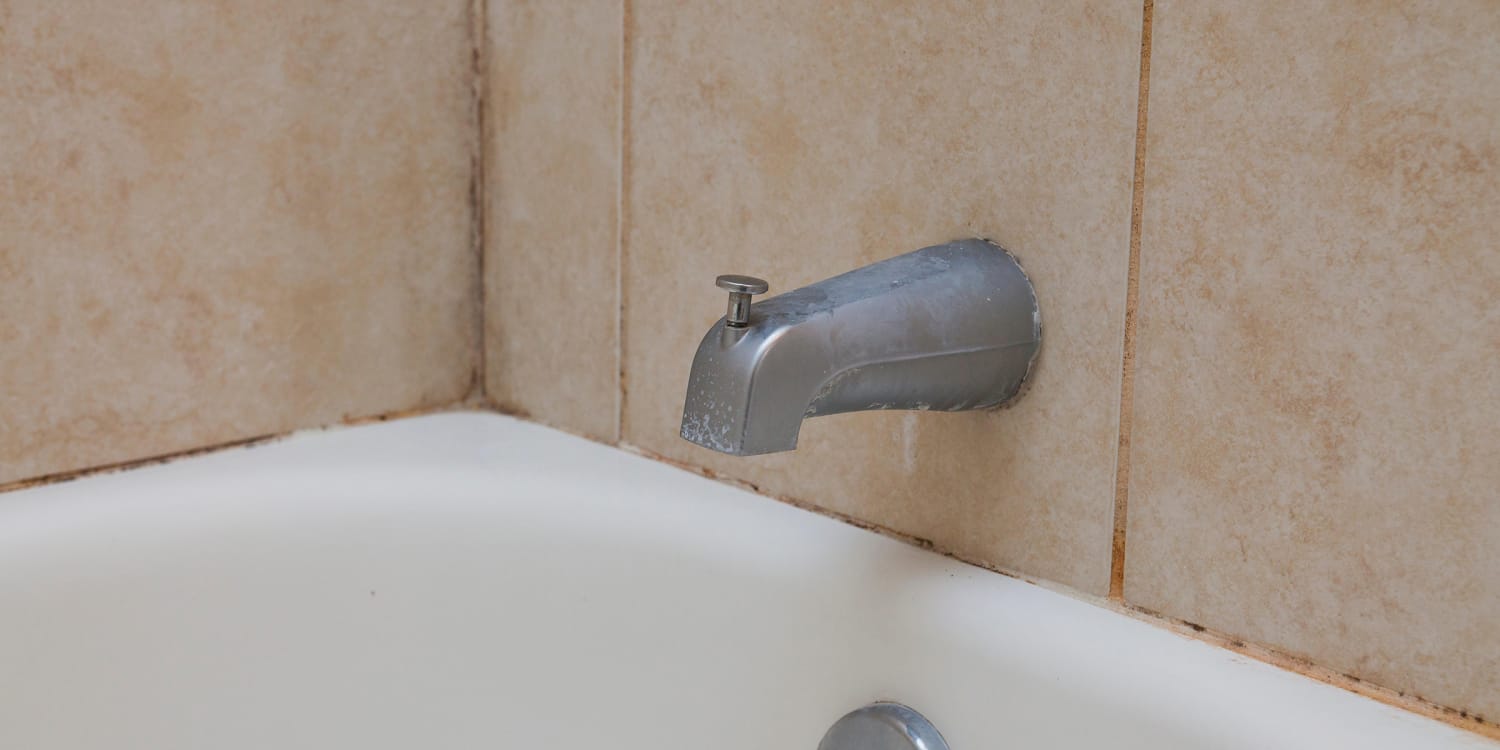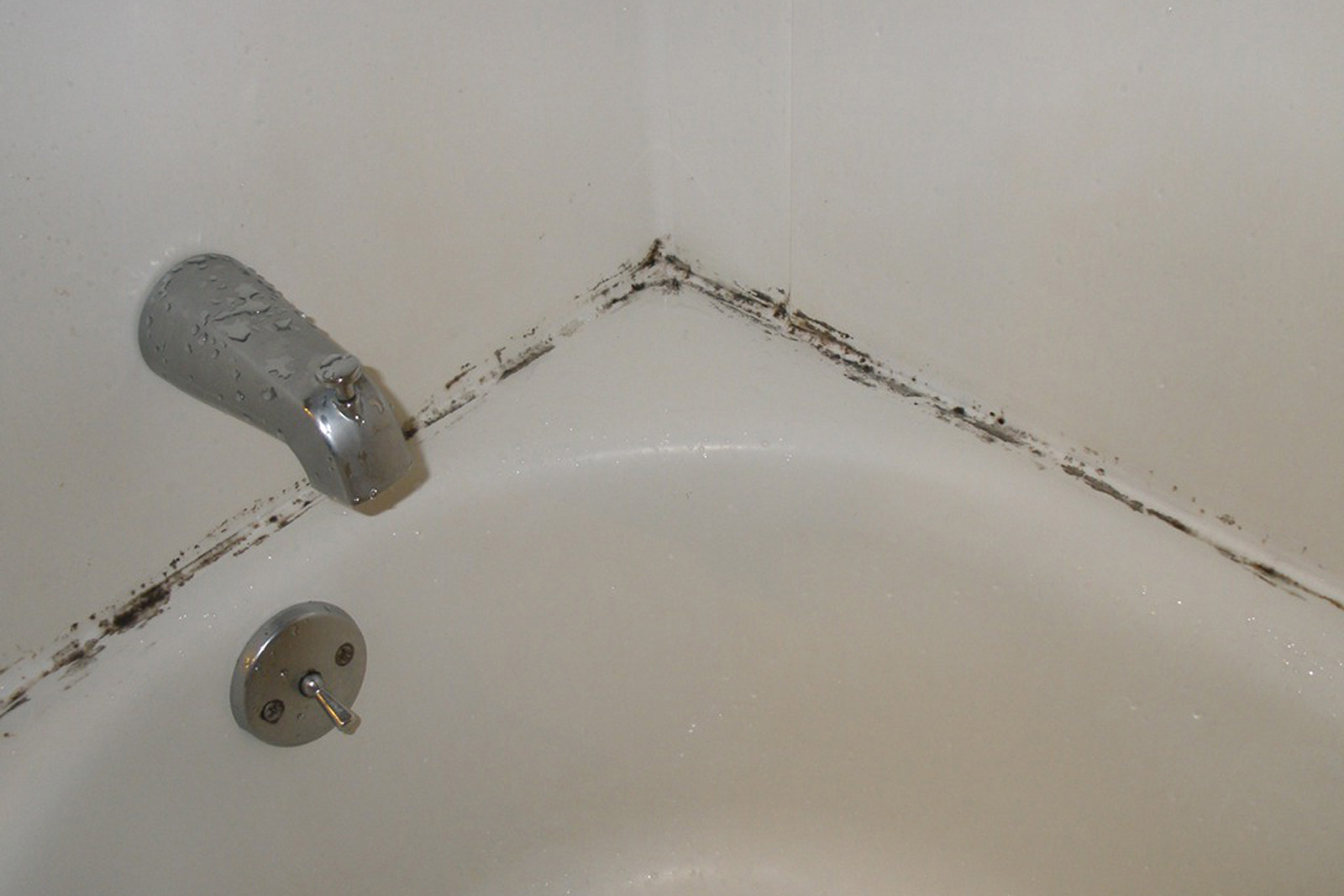Understanding Mold Growth in Bathroom Cabinets: Mold In Bathroom Cabinet

Mold is a common problem in bathroom cabinets, especially in humid climates. It can cause health issues and damage your home. Understanding the factors that contribute to mold growth in bathroom cabinets is crucial for preventing it.
Ideal Conditions for Mold Growth
Mold thrives in moist environments with adequate temperatures and organic matter. Bathroom cabinets often provide the perfect breeding ground for mold due to their proximity to showers and tubs, which generate a lot of moisture.
- Humidity: Mold requires a humid environment to grow. Bathroom cabinets, especially those near showers, often have high humidity levels, making them ideal for mold growth.
- Temperature: Mold grows best in warm temperatures, typically between 77°F and 86°F. Bathroom cabinets, which are often heated, can provide the perfect temperature for mold growth.
- Organic Matter: Mold needs a source of food to grow, and organic matter, such as dust, hair, and soap scum, can provide this. Bathroom cabinets are often filled with these materials, making them a perfect food source for mold.
Types of Mold
Several types of mold are commonly found in bathroom cabinets, including:
- Aspergillus: Aspergillus is a common type of mold that can cause respiratory problems and allergic reactions.
- Cladosporium: Cladosporium is another common mold that can cause allergic reactions and skin irritation.
- Penicillium: Penicillium is a type of mold that can produce toxins that can be harmful to human health.
Factors Contributing to Mold Growth
Several factors can contribute to mold growth in bathroom cabinets, including:
- Poor Ventilation: Poor ventilation allows moisture to build up in bathroom cabinets, creating a favorable environment for mold growth. Make sure your bathroom has adequate ventilation, such as a fan or open window.
- Leaky Pipes: Leaky pipes can introduce moisture into bathroom cabinets, creating a breeding ground for mold. Ensure your pipes are leak-free and promptly repair any leaks.
- Inadequate Cleaning Practices: Regular cleaning is essential for preventing mold growth in bathroom cabinets. Make sure to wipe down the shelves and walls regularly with a mold-killing solution.
Preventing Mold Growth in Bathroom Cabinets

Mold growth in bathroom cabinets can be a real bummer, but with some effort, you can keep your bathroom looking fresh and smelling clean. Here’s the lowdown on how to prevent mold from taking over your bathroom cabinets.
Preventative Measures for Mold Growth
You gotta be proactive to keep mold at bay! Here’s a checklist to help you out:
- Clean Regularly: Scrub those cabinets regularly with a mild soap and water solution. Pay attention to the corners and crevices where moisture can easily hide. Don’t forget to wipe down the shelves and doors too. This will help prevent mold from gaining a foothold.
- Ventilate Your Bathroom: Mold loves a good damp environment. Make sure your bathroom is well-ventilated. Open a window or use a fan after you shower to get rid of excess moisture. This is key to keeping things dry and mold-free.
- Seal Leaks: Leaks are like a red carpet for mold growth. Fix any leaks in your bathroom as soon as you spot them. This could mean patching up a leaky faucet or fixing a dripping pipe. It’s a simple fix that can make a huge difference.
- Keep Things Dry: Don’t let your bathroom become a soggy mess! If you have any wet towels or clothes, hang them up to dry completely. This will help prevent moisture from building up and encouraging mold growth.
Maintaining a Dry and Well-Ventilated Bathroom
A dry and well-ventilated bathroom is a mold’s worst nightmare! Here’s how to make your bathroom a mold-free zone:
- Exhaust Fan: Install an exhaust fan in your bathroom. This will help remove excess moisture and keep your bathroom dry. Make sure it’s working properly and that it’s vented to the outside. You don’t want the moisture going back into your house.
- Open a Window: Whenever possible, open a window in your bathroom to let in fresh air. This will help circulate the air and prevent moisture from building up. Even a small crack in the window can make a difference.
- Use a Dehumidifier: If your bathroom is particularly humid, you might want to use a dehumidifier. This will help remove moisture from the air and keep your bathroom dry. It’s like a little moisture-sucking machine!
Using Mold-Resistant Materials
Using mold-resistant materials in your bathroom cabinets is like building a mold-proof fortress! It’s all about making sure your cabinets are up for the challenge.
- MDF (Medium-Density Fiberboard): This material is known for its moisture resistance and durability. It’s a great choice for bathroom cabinets, especially if you’re worried about mold growth.
- PVC (Polyvinyl Chloride): PVC is a waterproof material that’s also resistant to mold and mildew. It’s often used for cabinet doors and trim, adding an extra layer of protection against moisture.
- Epoxy-Coated Plywood: This type of plywood has a protective epoxy coating that makes it resistant to moisture and mold. It’s a good option for bathroom cabinets, especially if you want a more traditional look.
Mold Remediation in Bathroom Cabinets

So, you’ve got mold in your bathroom cabinet and it’s totally gross. Don’t freak out, though, you can totally handle this. But before you start scrubbing, it’s important to know how to do it safely. Mold can be a real health hazard, so we need to make sure we’re taking the right steps to get rid of it.
Removing Mold from Bathroom Cabinets
The first step is to protect yourself. You’ll need some serious gear: gloves, a mask, and eye protection. This is important because mold spores can get into your lungs and cause all kinds of problems. Once you’re geared up, you can start cleaning. You’ll need a cleaning solution that’s specifically designed to kill mold. There are a bunch of different options available at your local hardware store. Just make sure you choose one that’s safe for use in your bathroom. You’ll also need a scrub brush and a spray bottle.
Here’s how to do it:
1. Ventilate the area. Open windows and doors to let in fresh air. This will help to prevent the mold spores from spreading.
2. Remove all items from the cabinet. This includes everything from toiletries to towels.
3. Clean the cabinet thoroughly. Use your cleaning solution and scrub brush to remove any visible mold. Make sure to get into all the nooks and crannies.
4. Dry the cabinet completely. This is super important. Mold loves moisture, so you need to make sure the cabinet is completely dry before you put anything back in it.
Professional Mold Remediation
If the mold infestation is super bad, you might need to call in the pros. If you see a lot of mold, or if it’s growing in places that are hard to reach, it’s best to leave it to the experts. They have the right equipment and training to remove the mold safely and effectively. Plus, they can help you to identify the source of the mold problem and prevent it from coming back.
Health Risks Associated with DIY Mold Remediation
Trying to handle a major mold problem yourself can be super risky. Mold can cause a bunch of health problems, including respiratory problems, allergies, and even infections. If you’re not sure how to handle a mold infestation, it’s best to err on the side of caution and call in a professional.
Mold Remediation Products, Mold in bathroom cabinet
Here’s a table that breaks down some common mold remediation products and their effectiveness:
| Product | Effectiveness | Notes | Bleach | Highly effective | Can damage some surfaces, so use with caution. | Borax | Effective | Safe for most surfaces, but can be irritating to the skin. | Tea Tree Oil | Moderately effective | Has a strong scent, so use in well-ventilated areas. | Vinegar | Moderately effective | Safe for most surfaces, but may not be effective against all types of mold. | Commercial Mold Removers | Highly effective | Follow the manufacturer's instructions carefully. |
|---|
